Efficient Meeting Time Planning Strategies

Introduction
With 11 million meetings taking place daily in the U.S., it’s clear that collaborative sessions have become a staple in the workplace. However, many of these meetings may not be necessary, resulting in unproductive and costly time. To ensure that meetings are well-spent, it’s crucial to first determine if a meeting is the best way to achieve your goals.
This article explores strategies for creating effective meeting agendas, seeking input from participants, allocating time wisely, assigning facilitators, and managing meetings to stay on track. By implementing these best practices, organizations can transform meetings from time sinks into powerful catalysts for productivity and collaboration.
Determining the Need for a Meeting
With an astonishing 11 million meetings occurring daily in the U.S., it’s clear that collaborative sessions have become a staple in the workplace. However, the reality is that a significant portion of these meetings may not be necessary. To ensure that time in meetings is well-spent, it’s crucial to first determine if a meeting is the best way to achieve your goals. Could the objectives be met via email, a quick phone call, or other online tools? These methods can often suffice for simple information sharing. It’s worth noting that only about 30% of meetings are deemed productive, with a staggering $37 billion lost annually to unproductive meeting time. Understanding the difference between synchronous communication—real-time discussions, crucial for decision-making—and asynchronous communication—such as emails, which allow for information exchange without the need for immediate response—can help streamline processes. Before setting up your next meeting, ask yourself if it’s truly the endpoint for decision-making, or if the intended purpose could be accomplished asynchronously, saving valuable time and resources.
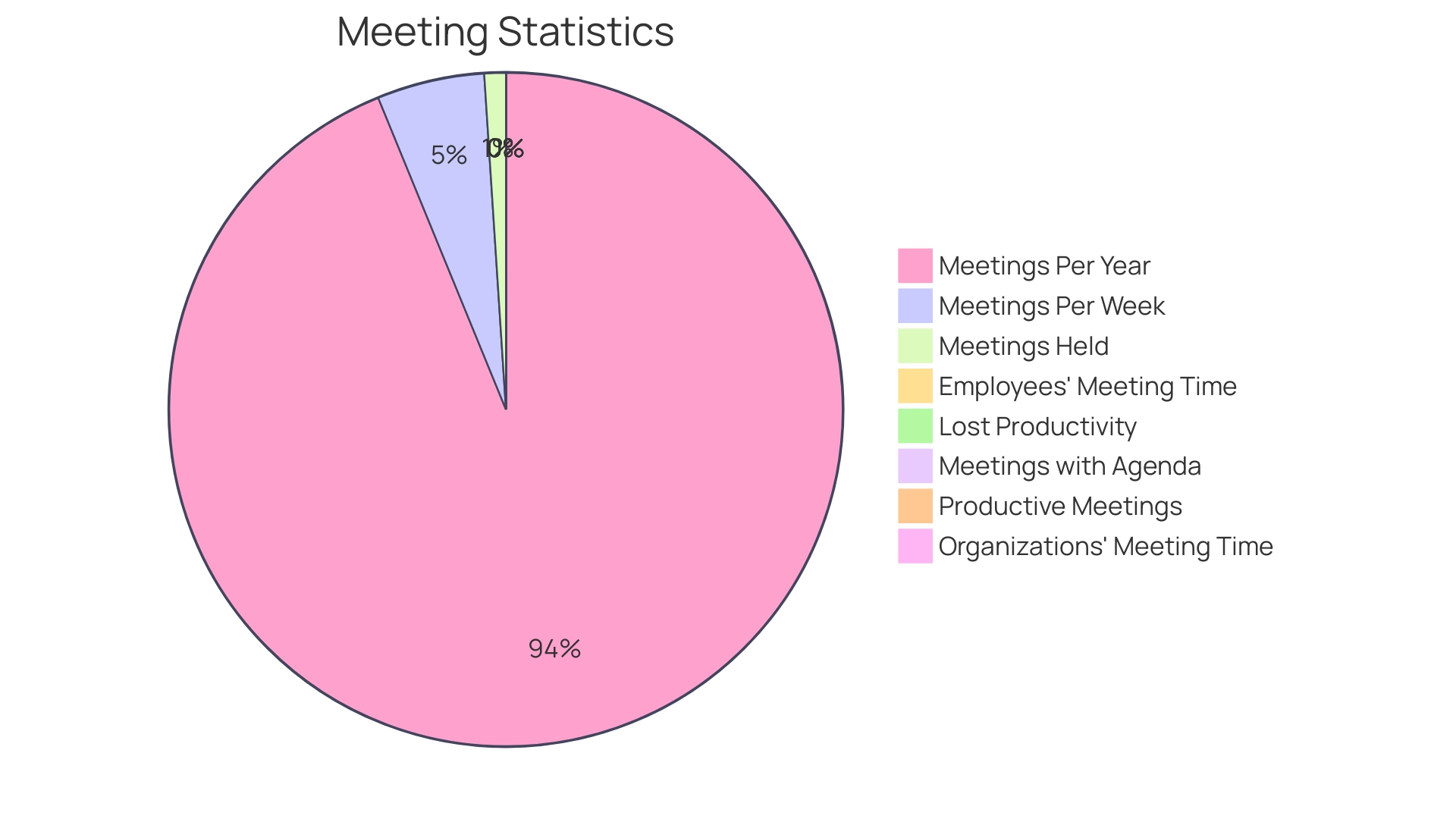
Creating an Effective Meeting Agenda
Crafting a meeting agenda that sings to the tune of productivity isn’t just about listing topics; it’s about setting the stage for a symphony of collaboration and efficiency. Imagine walking into a meeting where each note is a purpose-driven agenda item, tailored with specific objectives that resonate with the goals at hand. It’s about timing each segment to perfection, ensuring discussions are rich yet concise, and prioritizing the melody of topics so the rhythm of the meeting doesn’t miss a beat. Such meticulous orchestration of an agenda ensures that every participant is in harmony, prepared to contribute, and the meeting flows like a well-rehearsed concerto.
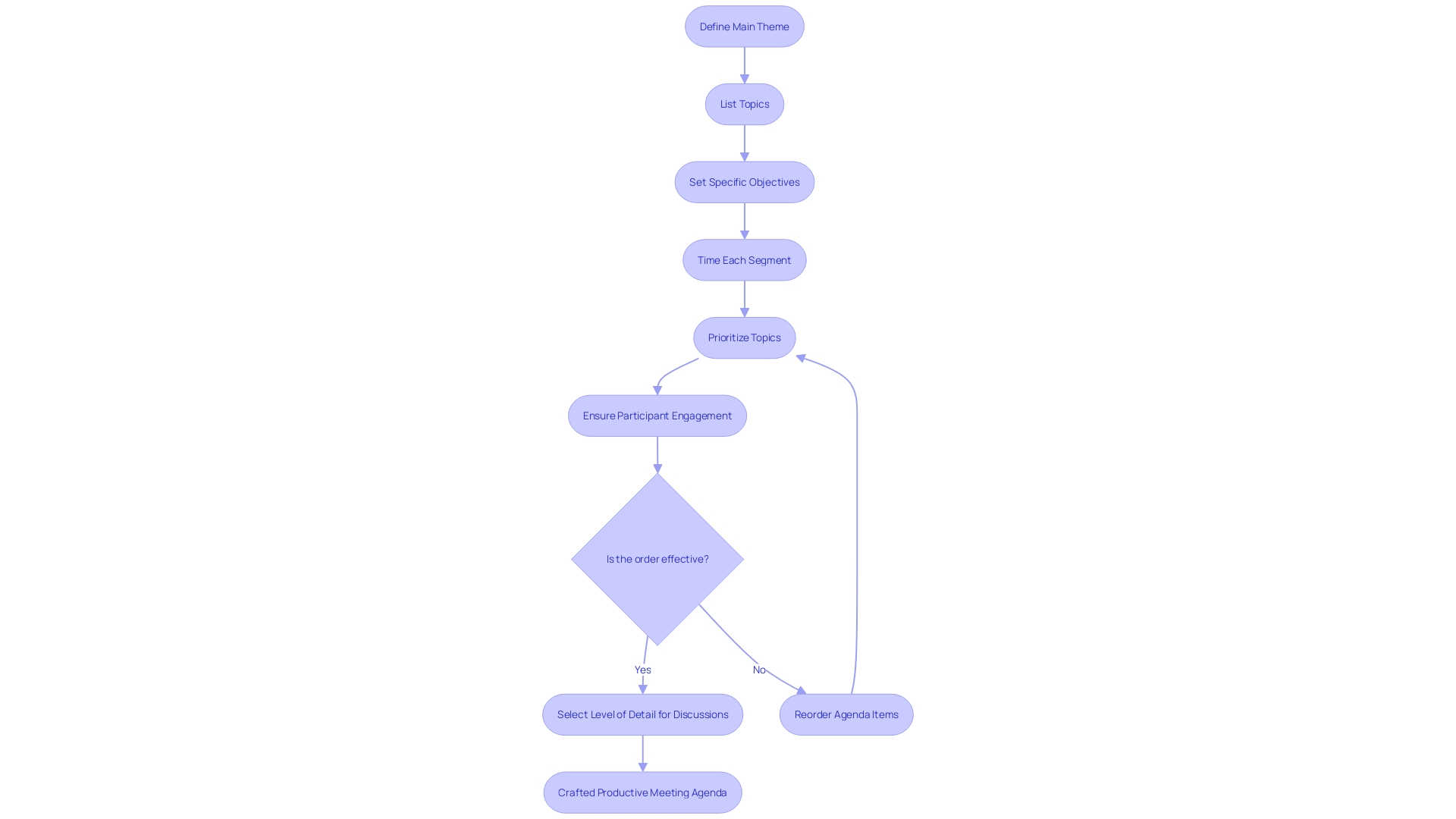
Seeking Input and Setting Clear Expectations
For a meeting to truly hit the mark, it’s essential to tap into the collective wisdom of those involved. A practical approach is to gather insights via pre-meeting surveys or by encouraging the team to suggest topics for the agenda. This isn’t just a nicety; it’s about making the meeting matter to everyone in the room. When you clarify the purpose and set transparent expectations right from the get-go, you’re not just informing participants — you’re inviting them to take ownership of the meeting’s success.
Imagine starting the day with a meeting when energy levels are at their peak. Research backs this up, suggesting that early discussions can lead to more effective decision-making. It’s a simple change that can have a ripple effect on productivity and well-being throughout the day. And let’s not forget the power of a focused agenda. Providing it in advance allows stakeholders to come prepared, making the meeting a forum for meaningful exchange rather than a passive information session.
Meetings should never be a one-size-fits-all, and size does matter. A large gathering can lead to disengagement and fatigue, so if the meeting’s aim is merely to disseminate information, perhaps a well-crafted memo would be a more efficient choice. But when a meeting is necessary, remember that it’s about more than just the topics discussed — it’s about the relationships and trust built among stakeholders. These ‘credits’ of goodwill are the currency of a thriving organizational culture, creating a foundation for future collaboration. By ensuring that meetings have a clear purpose, involve the right people, and foster an environment of preparedness, you set the stage for not just a successful meeting, but a successful organization.
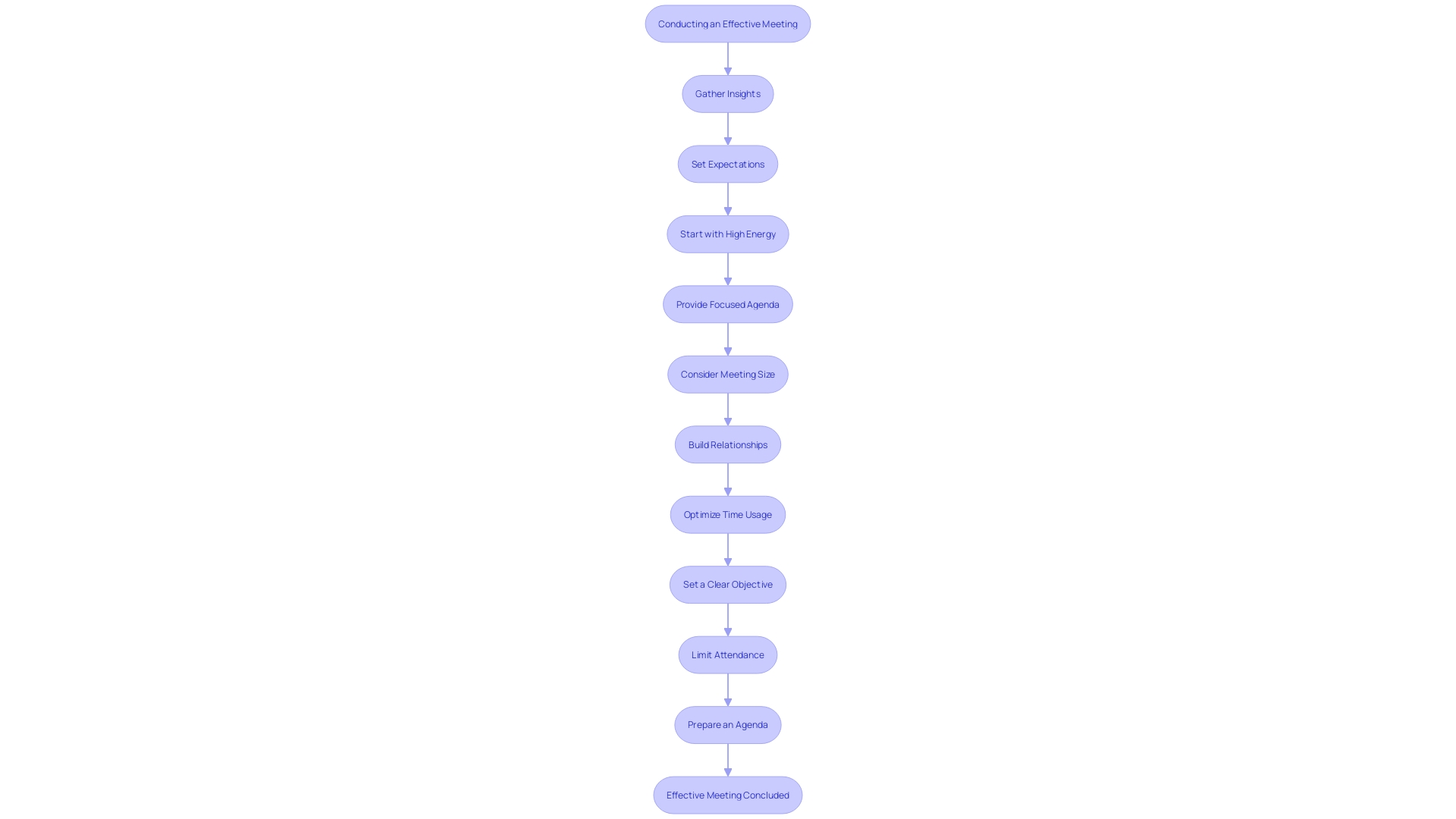
Allocating Time Wisely and Setting Time Estimates
Mastering the art of meeting management is akin to being the captain of a ship on the vast ocean of daily responsibilities. It’s essential for steering your crew towards the treasure trove of productivity. To ensure that your meetings aren’t just drifting aimlessly, it’s imperative to have a clear agenda shared in advance. This is the compass by which you’ll navigate the discussion, keeping everyone on course. Meetings should culminate the decision-making process, not commence it. They’re the final stage where all critical information has been weighed, and a collective commitment is made.
When it comes to time allocation, remember that not all tasks are created equal. The Pareto Principle reminds us that a significant portion of results comes from a relatively small fraction of the effort. This means prioritizing agenda items based on their impact and complexity is key. With this principle as your guide, you can allocate time more effectively, ensuring that the most crucial topics receive the attention they deserve.
To avoid the common pitfall of meetings spiraling out of control, use the ‘PAL’ acronym as your anchor: Purpose, Agenda, and Limit. Set a purpose, define the agenda, and establish time limits. Tools like time trackers can serve as your meeting’s lighthouse, keeping you aware of time spent and signaling when to move on to the next topic.
The recent insights from Salesforce and Slack emphasize that the ideal workday includes a mix of focused tasks and collaborative efforts, with ample time for social connections and rest. With the majority of employees spending a significant chunk of their week in meetings, it’s critical to ensure that this time is used effectively.
Lastly, to avoid the ‘echo chamber’ effect where early ideas dominate the conversation, consider innovative approaches like the six-three-five method. It encourages a broader exploration of potential solutions by tapping into the collective creativity of the team, ensuring that your ship doesn’t miss any hidden treasures along the way.

Assigning Facilitators for Each Topic
Appointing a facilitator for each agenda item can significantly enhance meeting productivity. These individuals play a central role in steering the conversation, fostering participation, and ensuring the meeting stays true to its goals. It’s a strategy akin to having a ‘meeting parking lot,’ where off-topic discussions are ‘parked’ to be revisited later, maintaining focus without disregarding important points that may arise. For example, in a nonprofit organization scenario where a new donation campaign is being finalized, it’s easy for discussions to veer off into a myriad of directions. The facilitator would manage these conversations, ensuring all pressing questions are addressed while noting secondary topics for future discussion. This method aligns with Priya Parker’s guidance in ‘The Art of Gathering’ to let purpose be your ‘bouncer,’ determining what stays in your meeting’s ‘room.’ By doing so, meetings become more than information-sharing sessions; they transform into dynamic dialogues aimed at achieving specific outcomes.
Sharing the Agenda in Advance
Crafting an effective meeting agenda and circulating it in advance is a pivotal step in meeting management. It’s advisable to dispatch the agenda to all attendants several days before the gathering. This proactive approach ensures participants have ample time to review the agenda, prepare any necessary documentation, and approach the meeting with a focused mindset. Allowing team members to voice concerns or suggest additions to the agenda also guarantees a comprehensive discussion of pertinent issues. Real-world scenarios, such as organizing a non-profit campaign meeting, exemplify the effectiveness of a ‘meeting parking lot’—a strategy to note secondary topics for future deliberation while maintaining focus on the immediate agenda. Adhering to a well-planned agenda not only streamlines the meeting process but also respects participants’ time, a crucial aspect considering that a staggering amount of meetings are deemed unproductive, significantly impacting organizational productivity and financial efficiency.
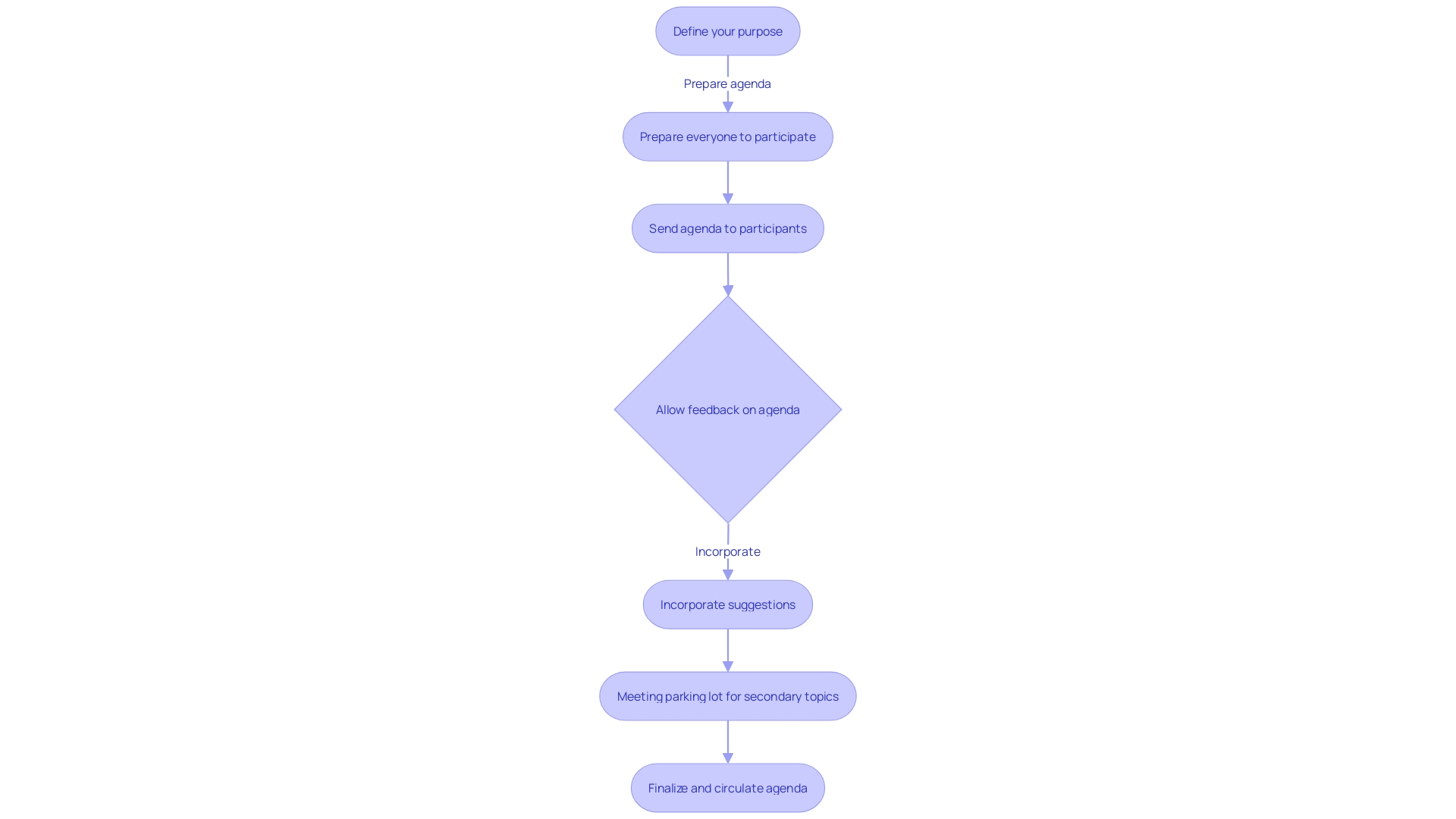
Managing the Meeting and Staying on Track
Maximizing the effectiveness of meetings is not just about adhering to a schedule; it’s about being strategic and purposeful from the outset. To ensure meetings serve as a catalyst for results rather than a drain on resources, it’s vital to clearly define the purpose and desired outcomes before the meeting even begins. This means crafting a focused agenda that outlines the key topics and allocates time judiciously, which is shared with participants in advance. Doing so empowers attendees to come prepared, ready to contribute meaningfully to the conversation, and keeps the discussion on track. During the meeting, fostering an environment of active engagement is essential. This involves not only soliciting input from all attendees but also adeptly steering conversations to maintain alignment with the agenda. If a topic emerges that demands more attention than initially planned, it’s wise to acknowledge its importance by scheduling a dedicated session to delve deeper. By managing meetings with these principles, organizations can avoid the pitfalls of unfocused discussions and make the most of their collective time—turning meetings into an investment that pays dividends in productivity.
Best Practices for Premeeting Communication
Optimizing pre-meeting communication is the golden thread that can transform your gathering from a routine event into a powerhouse of productivity. Begin by fostering a culture where maintaining and digesting documentation is valued. By sending concise and relevant pre-read materials, attendees can prepare effectively and come to the meeting with meaningful questions and insights, turning a passive information session into a dynamic discussion.
Aristotle’s wisdom reminds us that it’s not just about convening a meeting, but about ensuring it’s purposeful and includes the right conversations. Meetings are about dialogue and decision-making, not just disseminating information. According to key meeting insights, with 11 million meetings daily in the U.S. and over $37 billion lost due to unproductive meetings annually, it’s clear that every meeting must count.
To ensure your meetings are part of the productive 30%, invite participants to contribute in advance, which helps to streamline the agenda and focus on the objectives. This approach aligns with the ABC principle: audience before content. By understanding your attendees and tailoring the meeting content to their needs, you create a connection and add value to the time spent together.
Remember, effective meetings are not about overwhelming with details but about facilitating transformative conversations that lead to action. So, share only what’s necessary before the meeting and save the depth for the discussion, where collaborative decision-making can take place.
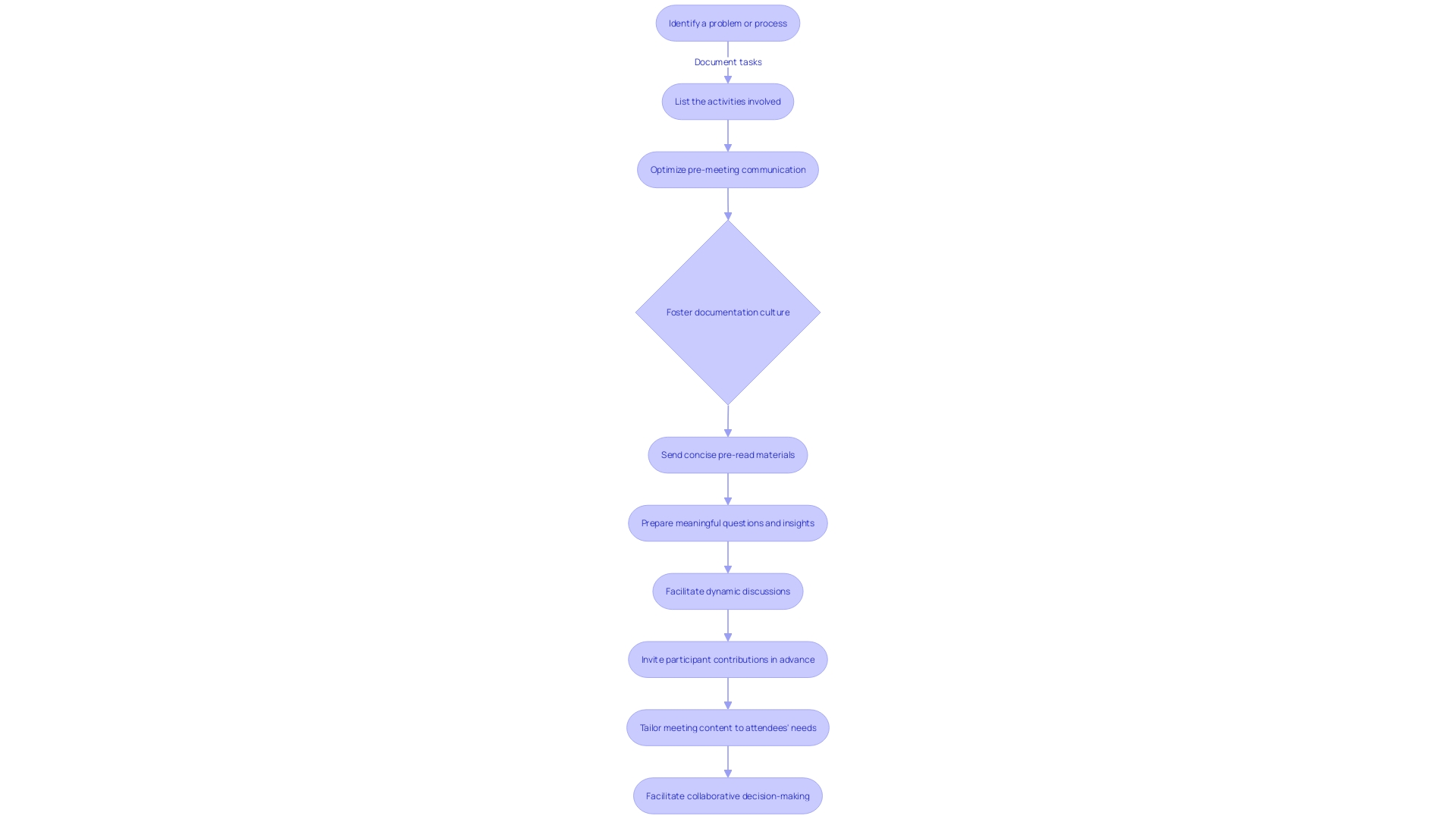
Post-Meeting Actions and Follow-Up
Making the most of your meetings extends far beyond the conference room. What truly drives the success of your initiatives is the action that follows. Let’s talk about converting those discussions into tangible progress. It’s essential to circulate minutes or a comprehensive summary after your meeting concludes. This includes clear-cut decisions, action items, and the all-important who-does-what by when. But it doesn’t end there! Staying on top of these commitments through consistent follow-ups can make the difference between ideas that fizzle out and ones that fire up real change. Think of it as your strategy to nurture accountability and translate the brainstorming brilliance into solid achievements.
Consider the findings from ‘The State of Open Data 2023’ where a majority of researchers indicated a lack of support in data sharing. Similarly, our meeting outcomes need to avoid becoming another statistic by ensuring they lead to supported, actionable tasks. Additionally, a study by Atlassian revealed that employees deem half of their meetings as time-wasters, amounting to 31 hours per month. This is a wake-up call to prevent our meetings from becoming part of this costly trend. By focusing on post-meeting action, we’re not just having meetings; we’re cultivating a culture of productivity and purpose.
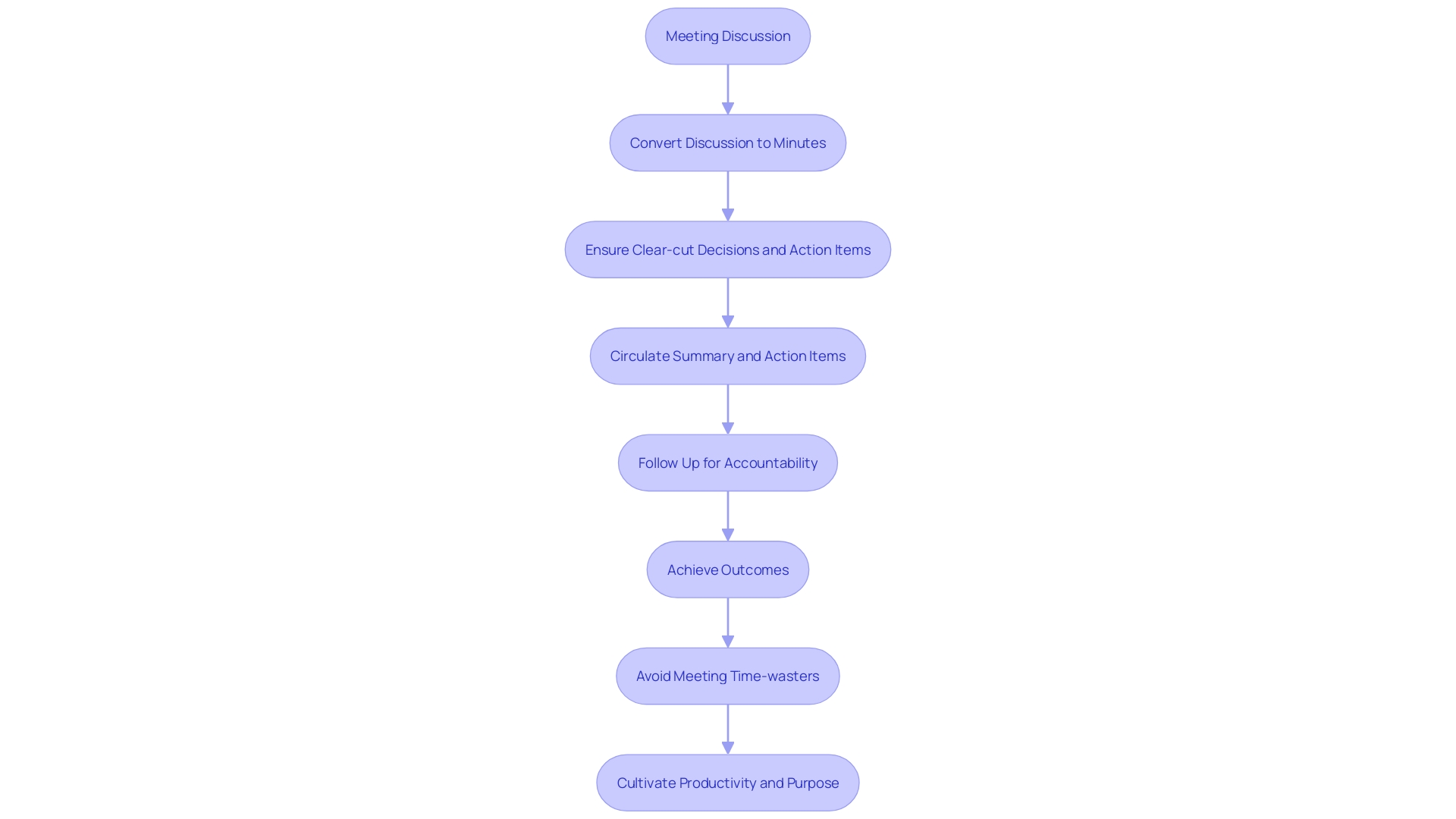
Common Pitfalls and Solutions
Meetings, while essential for collaboration and decision-making, can unfortunately become time sinks if not managed effectively. With an astounding 11 million meetings occurring daily in the U.S., optimizing these gatherings is critical to prevent the loss of billions in productivity each year. A well-crafted agenda shared in advance can anchor discussions, keeping them focused and on track towards the meeting’s objectives. Additionally, tailoring the participant list to include only those necessary, while seemingly straightforward, can significantly reduce the time spent in unproductive conversations.
To combat the tendency of meetings to deviate from their intended purpose, a practice known as ‘bike-shedding,’ it’s imperative to maintain a clear objective. This involves a strategic approach where every meeting should have a definitive goal, such as reaching a decision or forming a plan, coupled with actionable steps and designated responsibilities to be followed through post-meeting.
Encouraging preparedness is another key strategy. By setting the expectation that meetings carry a cost of time for all involved, participants are more likely to come equipped to contribute meaningfully. This preparation, alongside a dynamic meeting process that integrates feedback for continuous improvement, can transform meetings from time-wasting obligations into productive, engaging, and ultimately successful gatherings.
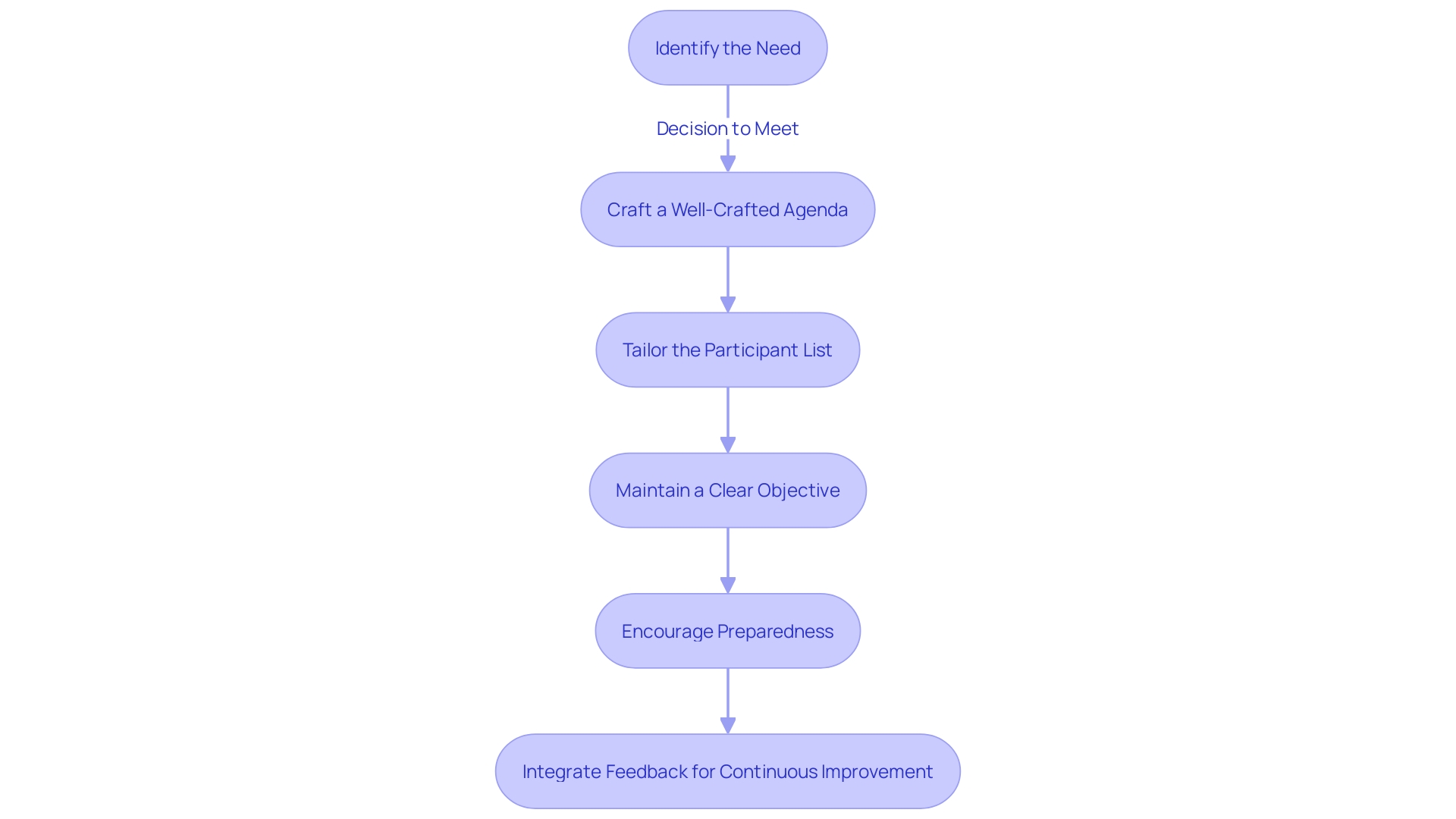
Conclusion
In conclusion, to make the most of meetings, it’s important to assess their necessity and consider alternative communication methods. Crafting an effective agenda, seeking input from participants, and setting clear expectations are key to driving productivity. Allocating time wisely, prioritizing agenda items, and creating a balanced workday optimize meeting efficiency.
Assigning facilitators for each topic enhances productivity by steering discussions and keeping them on track. Sharing the agenda in advance respects participants’ time and allows for better preparation. Managing meetings effectively involves defining purpose and desired outcomes, fostering active engagement, and scheduling dedicated sessions when needed.
Optimizing pre-meeting communication by sending concise and relevant materials and involving participants in advance sets the stage for productive discussions. Post-meeting actions and follow-up, such as circulating minutes and ensuring accountability, are crucial for translating ideas into tangible progress.
By implementing these strategies, organizations can transform meetings from time sinks into catalysts for productivity and collaboration. Let’s make every meeting count by creating a culture of purpose and productivity.
Transform your meetings into catalysts for productivity and collaboration. Implement these strategies today!
